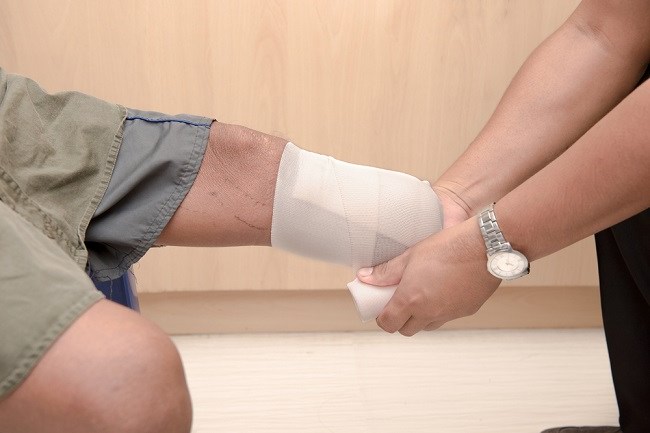Things You Need to Know About Amputation
For most people, the word amputation might sound scary. Even so, amputations performed in accordance with indications of medical procedures actually have a good goal for health, can even save lives.
Amputation is an operation in the form of removal or cutting of limbs, such as arms, legs, hands, toes, or fingers. Depending on the indications, amputation can be performed as a planned operation or an emergency measure.

Indications for Amputation Doing
There are several reasons why amputation needs to be done, including:
- Severe infections in limbs that do not improve with antibiotics.
- Impaired blood circulation which causes tissue death (gangrene) in limbs, for example in patients with peripheral arterial disease or diabetes.
- Severe injuries to limbs, such as from traffic accidents, work accidents, or explosions.
- Malignant tumors or cancer of limbs.
- Birth defects that result in impaired form and function of limbs.
Various reasons above can cause interference with the function and shape of organs, blood circulation, and the composition of muscles, nerves, and bones. If the organ can no longer be saved, amputation is necessary.
Understanding Amputation Surgical Procedures
In general, surgical procedures include preparation, surgery (in this case amputation), and post-surgical recovery. This series of procedures is carried out taking into account the patient's condition and needs from various aspects.
Get started
Before performing an amputation, the surgeon will conduct a comprehensive medical examination, starting from nutritional status, blood tests, to bodily functions, such as the heart and blood vessels.
In addition, the doctor will also carry out several psychological assessments to determine how well the patient has overcome the psychological and emotional effects of dealing with amputations.
After doing a few checks and assessments, the amputation procedure can be done with the patient's consent. But in an emergency, various aspects of this assessment will be carried out quickly by the doctor, in order to save the lives of patients.
Before being amputated, the patient will usually be anesthetized using general anesthesia in the form of anesthesia (the patient is unconscious and does not feel pain throughout the body) or uses spinal or epidural anesthesia (the patient is conscious, but does not feel pain in the lower body).
Surgery begins by determining the limits of the body to be amputated, and estimating how much tissue needs to be removed.
During the procedure, the surgeon will attempt to remove as much tissue and damaged bone as possible, while trying to maintain as much healthy tissue as possible.
After that, the doctor will smooth the edge of the remaining bone, then improve the structure of the blood vessels and nerves in the area.
Until the end of the procedure, the surgeon will cut and repair the muscle structure, then neatly cover the surface of the skin. It is intended that the shape of the end of the amputated organ can adhere well to the artificial organ (prosthesis) later.
Post amputation recovery
After undergoing amputation, patients will usually need treatment and recovery in the hospital for 1-2 weeks or even longer, depending on the patient's condition.
Rehabilitation is an important part of the post-amputation recovery process. Rehabilitation is done by observing the physical and psychological condition of the patient. This is because losing a member of the body not only changes the way a person performs daily activities, but also can make some patients feel frustrated and burdened in living their lives.
During the recovery process, patients will be assisted by medical rehabilitation doctors and physiotherapists and occupational therapists, to assist patients to carry out physical activities that are tailored to their needs.
For example, if a limb is amputated in the leg, the patient will be introduced to using a wheelchair or prosthetic limb, to help the patient carry out his daily activities.Actually there are still many recovery processes that can be done, but what patients should not forget is to routinely check themselves according to doctor's recommendations, so that post-amputation health conditions can be monitored.
Amputation will only be done if necessary. Some cases of amputation can actually be prevented by undergoing treatment in a disciplined and as early as possible. So if you experience a disease that can lead to amputation, check with your doctor to get the right treatment.
Label : Health
Comments
Post a Comment